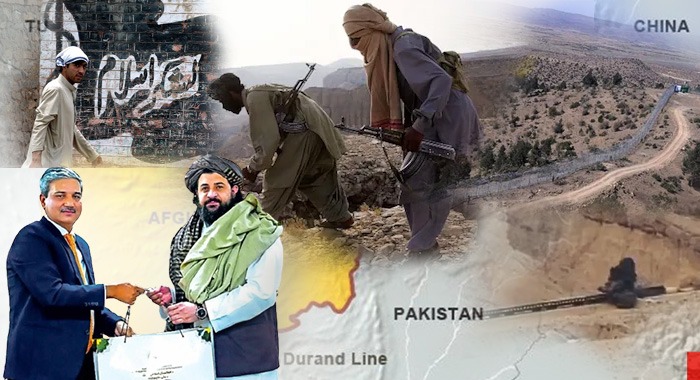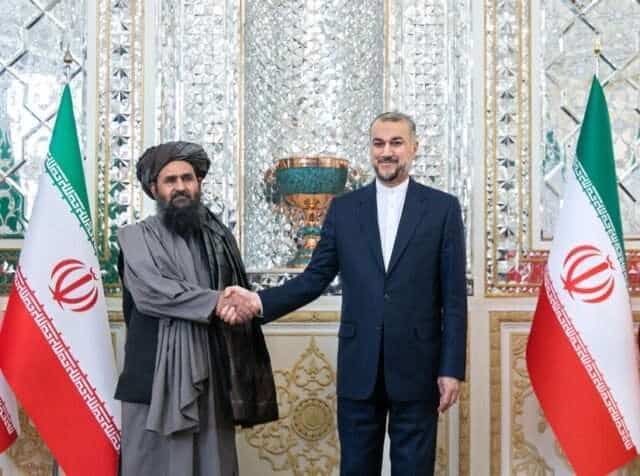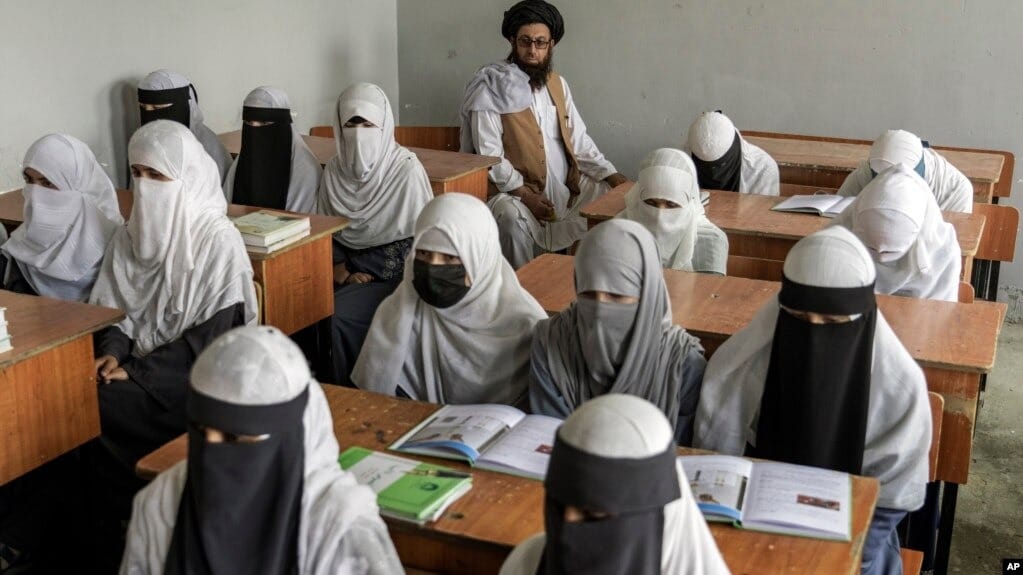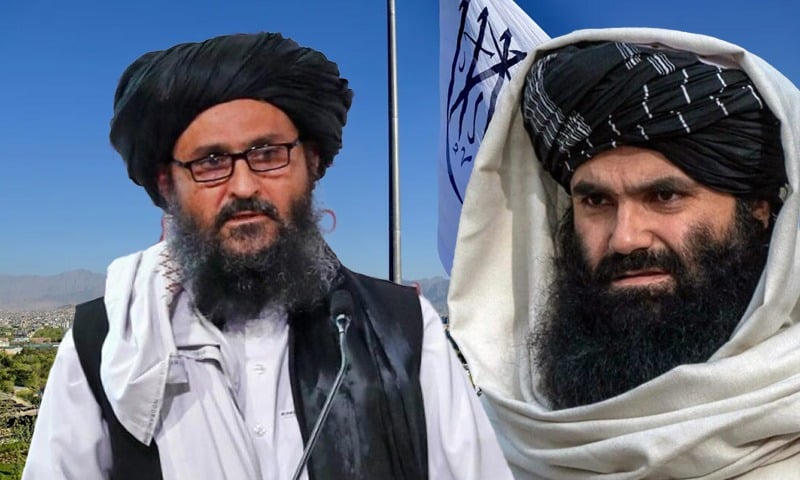In the volatile geopolitical landscape of South Asia, the triangular relationship between Pakistan, Afghanistan, and India has become increasingly tense. While Pakistan continues to face deadly terrorist attacks and an unrelenting security crisis, emerging evidence and diplomatic trends suggest India is leveraging its growing ties with the Taliban-led Afghanistan to wage a covert proxy war against Pakistan.
Historical Backdrop: The Great Game and Division of Pashtuns
The strategic significance of South Asia, particularly the region straddling Afghanistan and Pakistan, has long made it a battleground for global powers. British and Russian empires once recognized Afghanistan as a buffer zone, employing divide-and-rule strategies to weaken indigenous unity. The demarcation of the Durand Line in 1893, splitting Pashtun tribes between British India and Afghanistan, was a deliberate move to suppress tribal resistance against the British Raj. While Pakistan recognizes the Durand Line as the official border, Afghanistan—both historically and under the Taliban—has never accepted this imposed boundary, instead adhering to the notion of “Lar o Bar Yaw Afghan” (Pashtuns on both sides are one).
Pakistan-Afghanistan Relations: From Strategic Depth to Strategic Threat
Pakistan has historically played a central role in Afghanistan, especially during the Soviet invasion when it provided extensive support to Afghan mujahideen and hosted millions of refugees. When the Taliban regained control in August 2021, Pakistan was the first country to extend diplomatic outreach, with then-Prime Minister Imran Khan describing their return as “breaking the shackles of slavery.”
However, that goodwill has quickly deteriorated. The Taliban’s refusal to recognize the Durand Line, support for cross-border militant sanctuaries, and a spike in attacks by groups like the Tehreek-e-Taliban Pakistan (TTP) have placed Pakistan in a precarious position. In provinces such as Khyber Pakhtunkhwa and Balochistan, terrorism has surged, and many of these attacks have been traced back to safe havens across the Afghan border.
India’s Shifting Strategy: From Isolation to Interference
While India previously maintained close relations with the Western-backed Afghan governments, especially during Hamid Karzai and Ashraf Ghani’s regimes, the fall of Kabul did not signal the end of Indian ambitions in Afghanistan. Instead, India has tactically repositioned itself. Despite ideological differences, New Delhi has re-established dialogue with the Taliban. The meeting between Indian Foreign Secretary Vikram Misri and Taliban Foreign Minister Amir Khan Muttaqi in Dubai earlier this year signals this re calibrated approach.
India is now exploiting its renewed ties with Kabul to achieve three strategic objectives: counter China’s influence in the region, bypass Pakistan for regional trade via Iran’s Chabahar Port, and most alarmingly, use Afghan soil as a platform for proxy operations against Pakistan.
Evidence of Indian Involvement in Militancy
The security situation in Pakistan is increasingly marked by coordinated attacks that bear the hallmarks of foreign involvement. The deadly Jaffar Express bombing in Balochistan, attacks on Frontier Corps personnel at Torkham, and bombings in tribal areas have all pointed towards militants operating from Afghanistan.
Pakistani intelligence and military sources have repeatedly highlighted the presence of Indian intelligence agency RAW’s footprint in these activities. Groups like the banned Lashkar-e-Islam, which have claimed responsibility for major attacks, are reportedly receiving funds routed through Afghanistan with Indian backing. Pakistan has also arrested several individuals linked to RAW-sponsored networks attempting to destabilise the country internally.
Notably, India’s extensive consular network in Afghanistan during the previous regime—unusually large for any foreign power—was long suspected of being used for espionage and militant financing, particularly in areas bordering Pakistan.
Indian Media’s Role and Timing of Propaganda
Indian media outlets have often been found engaging in suspiciously well-timed reporting on attacks in Pakistan, even before official Pakistani statements are released. During the Jaffar Express attack, for example, Indian news channels aggressively promoted unverified narratives, raising questions about prior knowledge and agenda-setting.
This coordinated propaganda serves a dual purpose: undermining Pakistan’s global image and deflecting attention from India’s role in fomenting instability in the region.
Conclusion: A Deliberate Destabilisation Campaign
India’s strategy in Afghanistan is no longer confined to economic or diplomatic engagement—it appears to be part of a broader campaign to isolate Pakistan and keep it mired in security challenges. By funding anti-Pakistan elements through Afghan territory and manipulating regional alliances, India is attempting to erode Pakistan’s strategic depth, reduce its regional influence, and divert attention from its own internal issues.
The international community must take notice of these developments. If unchecked, India’s covert operations through Afghanistan could trigger a larger regional conflict, with devastating consequences for peace and stability in South Asia.





